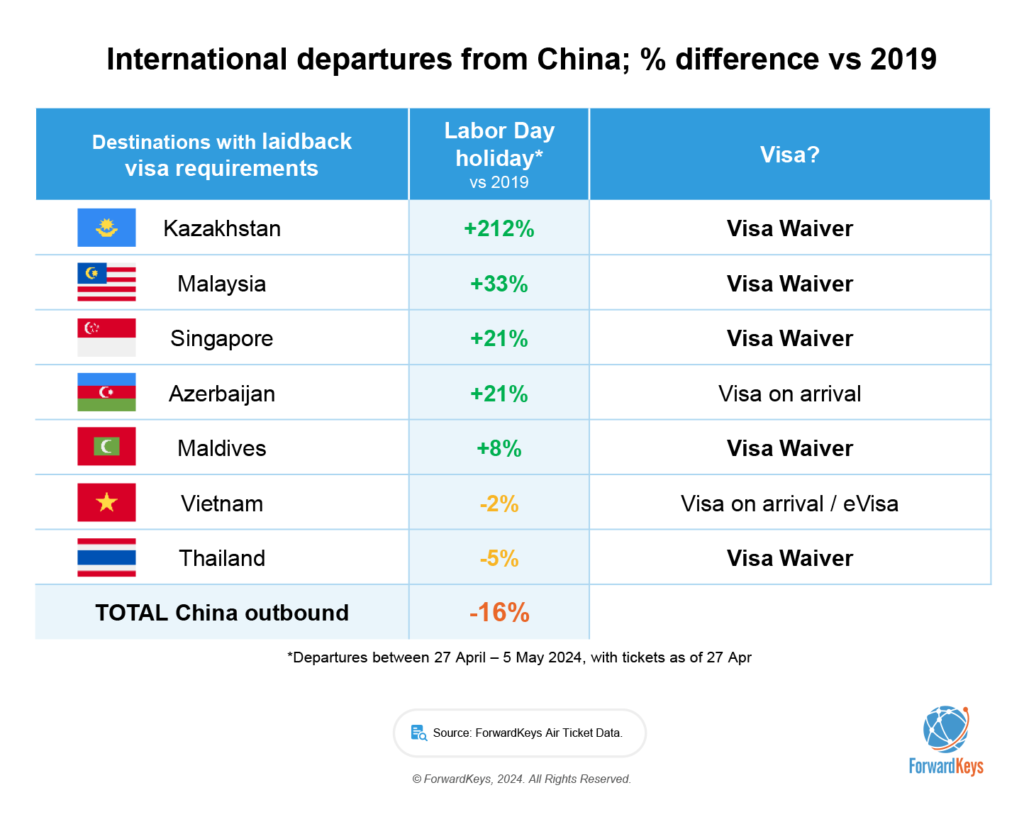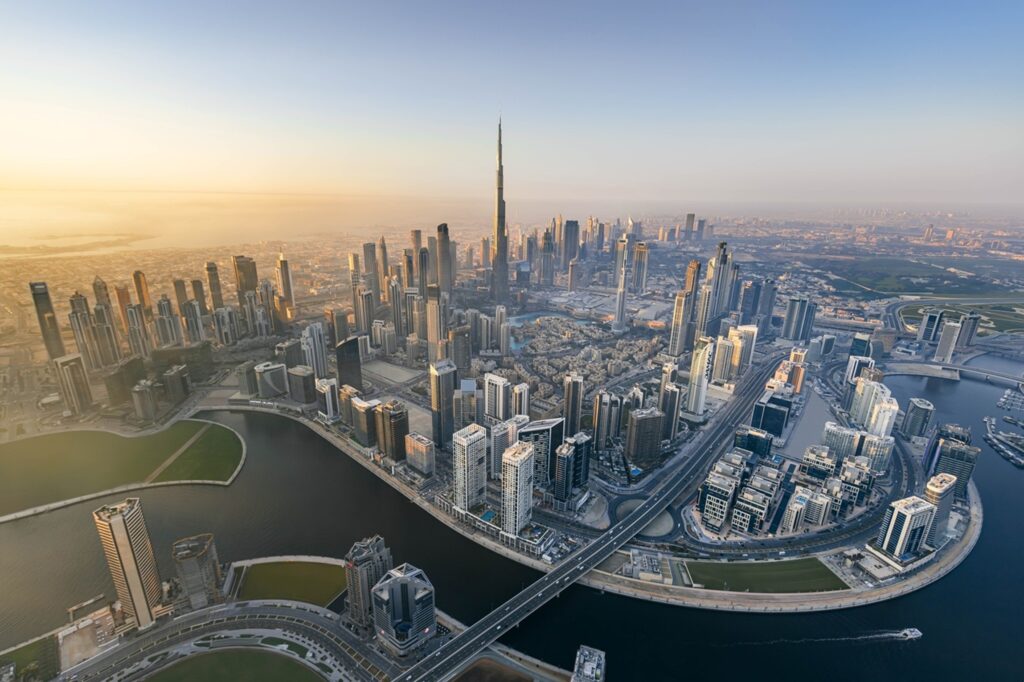
globalbizmag.com
Air Travel Rebounds in Asia Pacific in Post-COVID-19 Era
Air travel has picked up considerably in the Asia-Pacific in the post-COVID-19 era and the forward-looking travel outlook remains positive in the region, although recovery is still ongoing, according to Forward Keys Director of Intelligence & Marketing Olivier Ponti.
As of April 27, summer travel bookings to APAC were down by only 12% compared to 2019 levels. In contrast, travel to Europe and the Americas has fully rebounded, and travel to Africa and the Middle East is down by just 5%, Ponti said.
Unveiling the compelling insights into Asia Pacific travel trends at the Pacific Asia Travel Association (PATA) Annual Summit 2024 in Macau, he highlighted the region’s remarkable recovery and his presentation at the conference underscored the pivotal role of increased flight connectivity, innovative marketing strategies, and relaxed visa requirements.
Even Airports Council International (ACI) said that airports in APAC and Middle East were expected to increase seat capacity by an average of 10% in the third quarter of this year compared with the first three months of the year.
In 2024, the highest increase in seat capacity will largely be direct flights to and from China. The spotlight will be on Asia-Pacific, ACI said.

Steady Recovery
Connectivity in the Asia-Pacific region, which has faced significant challenges, is rebounding swiftly. As of the first quarter of 2024, the region’s seat capacity recovery is just 13% shy of 2019 levels, he said.
“Notably, the Asia-Pacific outpaced global seat capacity growth, registering a 7-percentage point increase compared to the global average of 3 percentage points between Q4 of 2023 and Q1 of 2024, underscored the region’s resilience and adaptability,” he explained.
Declining Airfares
As seat capacity gradually rebounded, airfares have shown a consistent downward trend since 2023, despite remaining higher than 2019 levels due to limited capacity and strong demand.
“This trend was particularly evident during significant events such as Chinese New Year and major concerts in Singapore. For example, Taylor Swift’s concert in Singapore in early March led to a 17% increase in travel from Southeast Asia, contrasting with a 27% decline in the rest of the month,” he noted.
Chinese Travellers
Chinese outbound travel during the recent Labour Day holiday indicates a mere 16% decrease compared to the levels recorded in 2019. The relaxation of visa policies has notably enhanced Chinese travel to numerous destinations.
Data revealed a 212% surge in travel from China to Kazakhstan, with notable increases to Singapore, Azerbaijan, Malaysia, and the Maldives. However, Thailand’s slower recovery is attributed to ongoing safety concerns.
Even Air Macao’s pandemic-era promotions, such as “buy one, get one free” tickets, has attracted mainland Chinese couples in large numbers and continue to do so post-pandemic. Their new ‘Travel Pass’ offer for affordable travel from specific cities to Macau has further increased couple bookings by 4 percentage points compared to 2019 levels.
PATA’s CEO, Noor Ahmad Hamid said: “The travel industry can effectively attract tourism by harnessing the power of visa facilitation, strategic marketing, and leveraging major events. These elements are crucial in driving the recovery and growth of tourism in the Asia-Pacific region.”















